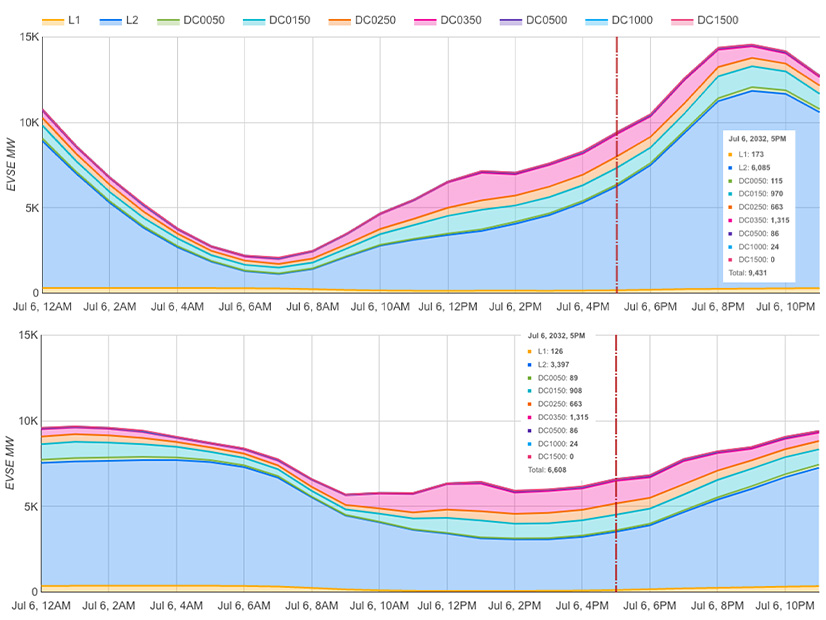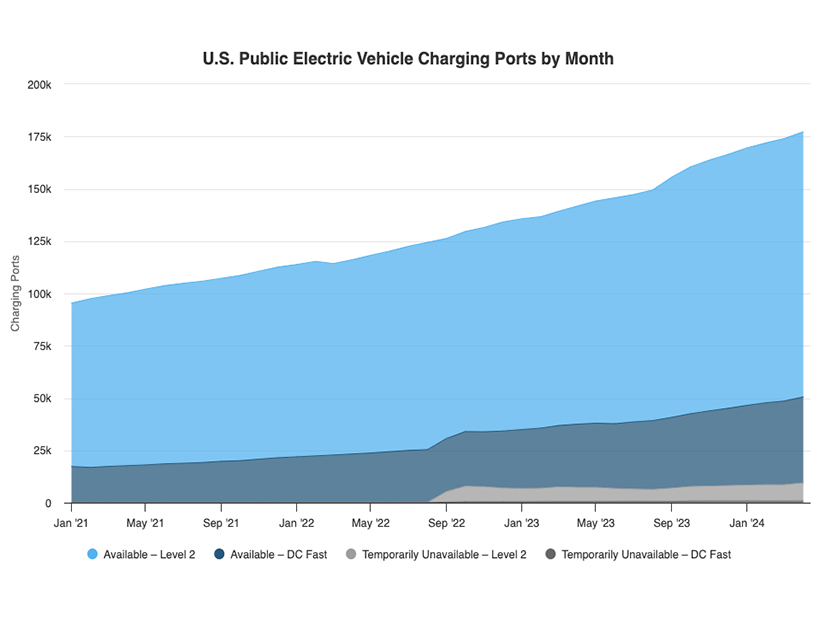SPP’s resource adequacy stakeholder group has moved several policies that indicate the team’s work is “coming home” after months of presentations and discussions.
“I know we’ve spent at least six, seven months on this now, so this is coming to a head and very important for the region,” Casey Cathey, SPP’s newly minted engineering vice president, said during a conference call with members of the Resource and Energy Adequacy Leadership (REAL) Team on May 24.
The team plans to bring several policy issues and tariff changes to the July and August governance meetings, where SPP’s Board of Directors and its Regional State Committee hold the key votes.
The REAL Team endorsed policies that set the base planning reserve margins (PRMs) at 36% and 16% for the winter and summer seasons, respectively, effective with summer 2026 and winter 2026/27; and extend the sufficiency valuation curve’s applicability so it applies to the three planning seasons beginning in 2026.
Cathey said staff will circle back to the June REAL meeting with proposed tariff revisions that codify the policies.
The team also approved a fuel assurance revision request (RR621) and agreed to evaluate and update the tariff’s cost of new entry, effective summer 2028. RR621 would add an “after-the-fact” application of fuel assurance based on historical performance, rather than imposing prescriptive requirements; it would be additive to the approved performance-based accreditation (PBA) methodology and meet the RSC’s directive to develop a policy incorporating PBA weighting based on critical system periods.
In a separate motion, REAL directed the Supply Adequacy Working Group (SAWG) to evaluate and recommend summer 2029 and winter 2029/30 PRMs for the September REAL meeting.
The team also agreed to staff’s request for support in developing potential use cases for the value of lost load in resource adequacy and transmission planning studies using a “willingness-to-pay” calculation. As the use cases are developed, the calculation will be evaluated and updated as appropriate.
SPP is using willingness to pay for 30-minute, one-hour, two-hour and eight-hour outages, based on a recent study conducted by The Brattle Group for ERCOT. Its initial work has shown the weighted average of various commercial-and-industrial and residential sectors ranging from $35,863 for a half-hour outage to $220,592 for an eight-hour outage.
ERCOT is using an interim VOLL of $25,000, and MISO is using $35,000 to create its operating reserve demand curve and a market VOLL (price cap and administrative price during load shed) of $10,000 to reflect a price that aligns with load that should be incented to shed.
“The work done here kind of lays the framework for us to move forward,” Cathey said.
REAL rejected an alternative reserve-retention proposal, submitted by American Electric Power, for cases in which load-responsible entities are not able to secure excess reserves. The proposal would have set accredited capacity (ACAP) requirements for 2026 using a 36% base PRM; LREs that voluntarily agreed to retain or sell excess reserves within the region would have their ACAP reduced to effectively meet a 33% base PRM.
“This AEP proposal does step forward into the future, not just perpetuate this piecemeal reserve margin-setting process that we have before us,” AEP’s Richard Ross said.
Golden Spread Electric Cooperative’s Mike Wise, supporting SPP’s proposed PRM changes, pointed out AEP’s suggestion had not been vetted through the LREs.
“I do like [AEP’s] glide slope concept that he’s got,” Wise said. “The concern I have over Richard’s proposal is that it needs further work.” There would be “consequences intended and unintended that need to be really vetted and thought about.”
Staff withdrew from REAL’s consideration an initial proposal for optional voluntary load-mitigation agreements between the RTO and LREs. An agreement would satisfy LREs’ deficiency for a transitional period during the summer and winter seasons. During a Level 3 energy emergency alert, the SPP would instruct voluntary load reductions pro rata among LREs with the agreements; additional load mitigation would be pro rata across LREs.
“I hate this,” Ross said. “What about NERC penalties? I feel like this puts us in a situation where we are planning the system to not have adequate reserves. I fear that puts SPP in the position where they don’t have a good answer, and I don’t like NERC penalties.”
“This is counter to what we’re trying to accomplish, right? Having resources out there that we can count on when we need them instead of not having a resource and somebody banking on shedding load,” Oklahoma Municipal Power Authority’s David Osburn said. “We could in essence be creating almost like a free rider that the rest of us are spending a lot of money getting resources available when we need them.”
“The bottom line is if this idea is not well formed, if it’s not fully baked, maybe now’s not the time to act on it,” Cathey said.
Looking ahead, Cathey promised more discussion on PRM stabilization policies at the next REAL meeting June 13 in Little Rock, Ark. He said the focus will be on accurate forecasting and stronger assumptions, with more frequent studies ensuring SPP is sending moderate signal changes and smoothing out capacity requirements over time.
Staff will work with the SAWG to develop a plan for a plan, he said.
“We haven’t spent a lot of time at the REAL on this,” Cathey said. “This is sort of a strategic and recommended approach for the REAL to work with the SAWG and really have the SAWG come up with some longer-term solution.”




